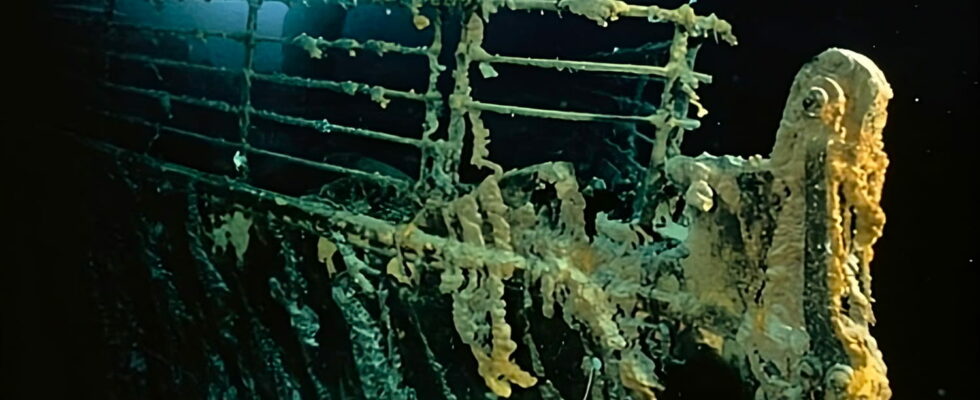More than a century after its dramatic sinking, the Titanic still fascinates, holding many mysteries. But we now know why no human remains have ever been found in the wreck of the liner.
The Titanic, the gigantic luxury liner that sank in 1912, continues to fascinate the world. More than 1,500 people lost their lives in this tragic shipwreck, one of the deadliest in modern history. Yet, despite numerous explorations of the wreck, no skeletons have ever been found among the wreckage of the ship. But why?
To answer this question, we must first understand the extreme environment in which the Titanic lies. The wreck lies approximately 3,800 m in the Atlantic Ocean. At this depth, conditions are very different from those we experience on the surface. The water is extremely cold, the pressure is enormous, and there is no light. These factors play a crucial role in the decomposition of human remains.
Human bones, like those of all vertebrates, are composed primarily of calcium carbonate. However, seawater at this depth is undersaturated in calcium carbonate. The chemistry of the water thus prevents the bones from being preserved. Robert Ballard, the explorer who discovered the wreck in 1985, explains that this undersaturation leads to the progressive dissolution of the bones. Thus, it is not because of sea currents or scavengers that the skeletons disappeared, but because of the chemical composition of the water.
In addition to this, bacteria present in the seabed also play an important role. These microorganisms decompose organic remains, including bones, extracting the nutrients necessary for their survival. Over time, these bacteria completely decomposed the bones of the Titanic victims. This is why, despite numerous expeditions, no skeletons have ever been found.
The issue of human remains has recently been brought back into the spotlight with a new expedition planned to recover the Titanic’s radio, which was used to send distress signals on the night of the sinking. The mission is controversial because it involves cutting away parts of the wreck, which could potentially reveal human remains. Some archaeologists believe that fragments of human remains may still be present, even after more than a century at the bottom of the ocean.
However, representatives of the RMS Titanic company, which is in charge of the expedition, say that the human remains would have already been discovered during previous dives if they still exist. They maintain that their approach respects the site as an underwater cemetery.
How we should treat this historic site and the remains of the victims remains a sensitive and complex issue. Should we continue to explore the wreck to preserve historical objects or let the dead rest in peace? This ethical question remains open, and each new expedition raises passionate debates.
